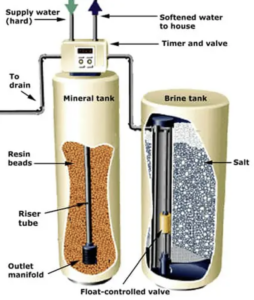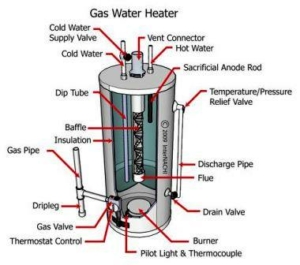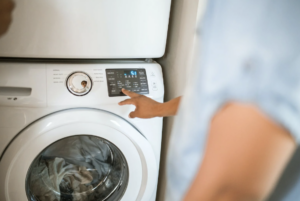Maintaining a water softener ensures that your home has the best water quality. Whether you are looking to protect your home’s plumbing system, reduce your water bills, or improve the taste of your tap water, a water softener can help. But, like any appliance, your water softener will require regular maintenance to ensure it functions correctly. In this article, we will discuss tips on maintaining your water softener.

Water Softener
Firstly, check the salt levels in your water softener. Most water softeners use salt to remove the minerals that cause hard water. Over time, the salt levels will decrease, and you will need to refill them. Look for the “salt level” indicator on your water softener and make sure it is complete. If not, use a scoop to fill it with salt. Do this at least once every six months or when the indicator indicates it is low.
Secondly, make sure your water softener is set correctly. You can do this by checking the settings on the control valve. The settings will vary depending on the type of softener you have. Look for the “grain setting” and ensure it is appropriate for your water. If you are unsure, consult the manufacturer’s manual for specific instructions.
Thirdly, regularly clean your water softener. Remove any dirt, debris, or sediment that has built up, and rinse out any accumulated salt. This will help keep the system running smoothly and prevent any potential damage. You should clean your water softener at least once every 3-5 years.
Finally, check the pressure of your water softener. The pressure of your water softener should remain consistent, so make sure it is not fluctuating. If it is, you may need to adjust the pressure settings on the control valve.
By following these simple tips for water softener maintenance, you can ensure your home has the best water quality possible. Remember these tips; you should have no problem maintaining your water softener.
 Home Insurance Renewal Inspections in Irvine: What Homeowners Should KnowMarch 31, 2025 - 12:51 pm
Home Insurance Renewal Inspections in Irvine: What Homeowners Should KnowMarch 31, 2025 - 12:51 pm Newport Beach Home Insurance Renewal Inspections: Avoid These Common IssuesMarch 29, 2025 - 11:14 am
Newport Beach Home Insurance Renewal Inspections: Avoid These Common IssuesMarch 29, 2025 - 11:14 am Home Insurance Renewal Inspection in Orange County: What You Need to KnowMarch 20, 2025 - 8:14 am
Home Insurance Renewal Inspection in Orange County: What You Need to KnowMarch 20, 2025 - 8:14 am Who Hires the Home Inspector When Buying a House?March 5, 2025 - 8:16 am
Who Hires the Home Inspector When Buying a House?March 5, 2025 - 8:16 am


